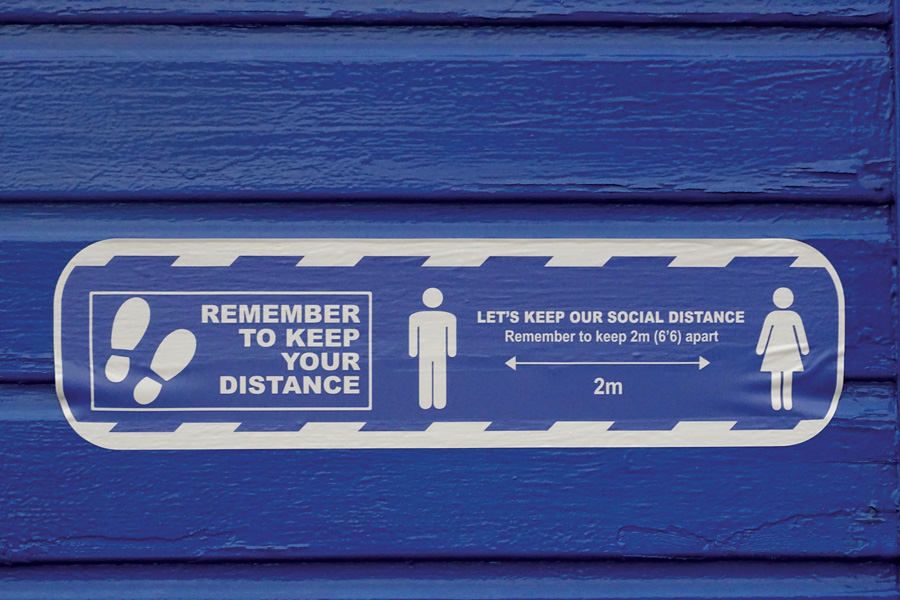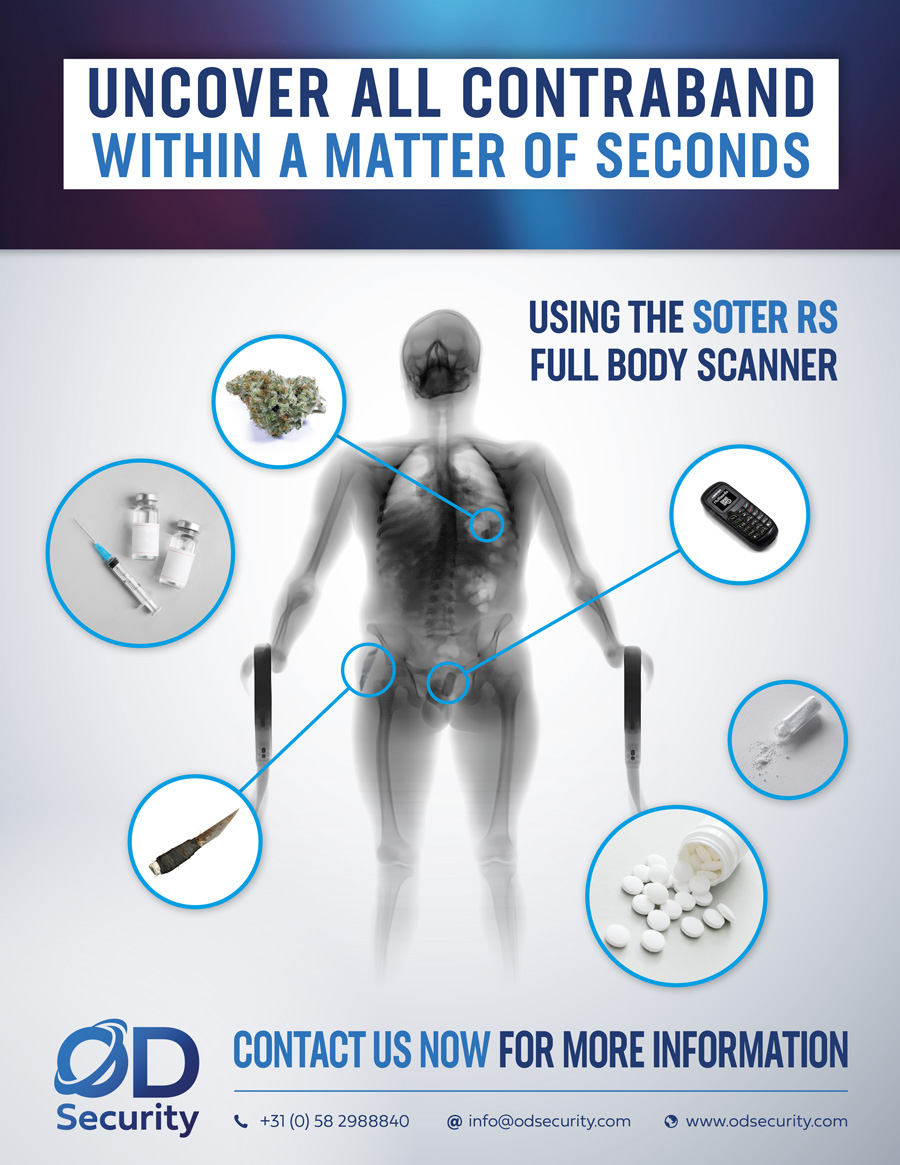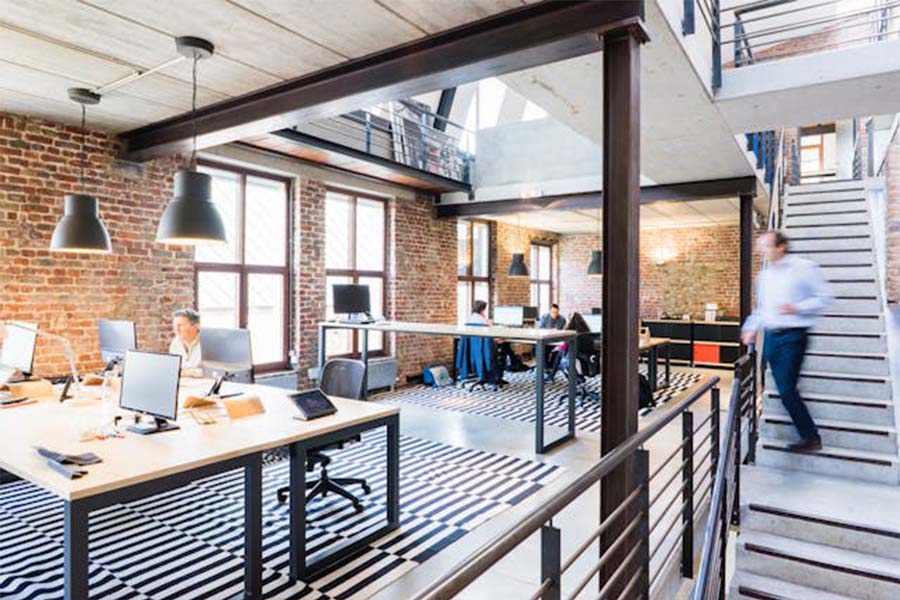Article
ODSecurity
2020 was a challenging year for worldwide correctional services managing the devastating effects of COVID-19, and although the world is gradually recovering with the aid of the long-awaited vaccines, it already looks like 2021 will continue to be tough on our prisons, with the emergence of multiple new variants of the virus.
In March 2021, Philipp Meissner of the UN Office on Drugs and Crime (UNODC) estimated that of the eleven million prisoners worldwide, more than 527,000 prisoners had been infected with COVID-19, in 122 countries, with more than 3,800 fatalities in 47 countries. Of course, this figure may be much higher due to the availability of testing together with the rapidly changing situation.
In his report, he says that overcrowding and the characteristically weaker health profile of the worldwide prison populations have increased the spread of COVID-19 within prisons. According to the Marshall Project, in the USA alone, 372,583 prisoners have had COVID-19 with 2359 deaths.
Indeed, it has been said that prisons are a toxic breeding ground for viruses. In fact, in November 2020, the New York Times quoted Toni Preckwinkle, president of the Cook County Board of Commissioners, saying, “Our jails are Petri dishes”. In a span of one week, from March 23 to March 30, 2020, at Chicago’s Cook County Jail, the number of positive COVID-19 diagnoses went from just 2 to 134 inmates, and 20 employees all testing positive for the virus.
In the early stages of COVID-19, prison authorities rushed to release prisoners. The aim was to reduce prison populations which, in turn, it was hoped, should reduce the spread of the virus. The UNODC estimates that more than 700,000 prisoners have been authorised for release globally during the pandemic.
In Chicago’s County Cook Jail, officials reduced their inmate population from 6,000 to 4,000 by releasing inmates accused of non-violent crimes. The US Bureau of Justice Statistics reported that, due to COVID-19, local jails in the US recorded a 25% drop in inmates held.
From March to June 2020, about 208,500 inmates received an expedited release in response to COVID-19.
Also, due to the pandemic, jails became less crowded, as occupied bed space decreased from 81% at midyear 2019 to 60% at midyear 2020.
But clearly, not all prisons, jails or correctional establishments can release all their non-violent prisoners. And clearly, a concerted effort is required to keep prison population and staff safe, and the rollout of the new vaccines are making inroads into just that.
The US Bureau of Prisons and Center for Disease Control and Prevention (CDC) are all working together and have, to date, administered 78,225 doses of the COVID-19 vaccine to US prisoners. But while we wait for all prisoners and staff to receive the vaccine, further efforts with social distancing are required to protect not just our prison population but the wider community.
In the United States, the non-profit and non-partisan “Prison Policy Initiative” think tank reports that “Jails and Prisons in the US, are often overcrowded, and that prisoners are more likely to have chronic health conditions that make them especially vulnerable to viral infections.” They ask, “Can incarcerated people maintain 6 feet from each other, from correctional officers and other staff?”
The CDC quotes social distancing as “the practice of increasing the space between individuals and decreasing their frequency of contact to reduce the risk of spreading a disease (ideally to maintain at least 6 feet between all individuals, even those who are asymptomatic).” However, they also acknowledge that “Social distancing can be challenging to practice in correctional and detention environments”.
The American Correctional Association states that cells in correctional facilities should have at least 25 feet of space per person in each cell that are “unencumbered” of any furniture. A 5x5ft space per inmate would make it nigh on impossible for anyone to maintain the 6ft distance between people.
With the need for prisoners to be moved from one correctional establishment without onsite medical facilities to one with, or simply being moved from one block to another, the risk of contraband being admitted is high.
However, the normal use of pat-downs or body searches would automatically put both prisoner and officer at risk of contracting or passing on the virus, which is why we must consider alternative, safer and more socially distanced options for searching incoming prisoners.
The Soter RS is a full-body scanner that allows a full-body search of incoming prisoners at a physical distance that ensures the safety of both prisoner and staff. By stepping onto the scanning platform of the Soter, the prisoner will be unable to hide any contraband either on or inside his body.
The medical standard, high-resolution, detailed, full-height image will show clearly on the operators’ console, anything and everything that should not be there. Be that metal, organic, or plastic showing a clear difference between human tissue and the contraband.
With the cessation of face-to-face visits and the rollout of superior body scanning devices, prisoners have now got to find more ingenious ways to reach that “prison high”. The CDC has recommended relaxing restrictions on alcohol-based hand sanitiser, a product that we take for granted to help protect us from COVID-19.
However, items like hand sanitiser and soap in a prison environment are valuable commodity. A gel that contains a minimum of 60% alcohol is in itself a confiscated contraband and would be in high demand for purposes other than cleaning hands. Even hand soap, which again the CDC recommends, is provided as a “no-cost supply”, could be used in a prison environment as currency for other services or products.
Ever since the company was founded in 1960, ODSecurity has been manufacturing x-ray based body scanners. In 2003 they have developed the first body scanner for security purposes. ODSecurity’s vision is to offer maximum flexibility, putting customers in control. With an innovative and modern approach it has created the Soter RS body scanner, which has been successfully deployed in many detention centers, airports, police and customs facilities worldwide.



